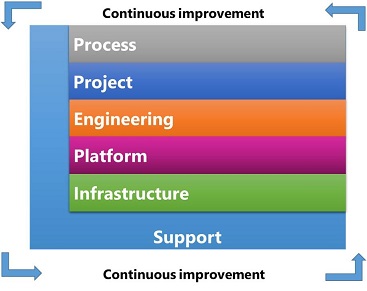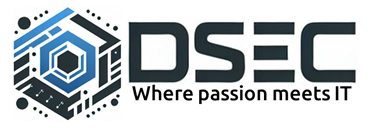
By Maurice Driessen
Published January 2016
The Software Assembly Line Reference Model provides a qualitative model which is used to asses, organize and improve an organization’s software engineering capability.
1 – Introduction
In this day and age organizations rely on software to govern their business and assure their business continuity. Most organizations can rely on COTS software packages to provide this assurance. However some organizations rely on software developments teams to create bespoke software components. This happens in most cases if a COTS software package is not available for specific business functions or the available packages don’t fit the organization’s enterprise architecture, which was created to meet the organization’s strategic business objectives.
However setting up a software development environment which supports software development teams is an engineering challenge on its own. For this reason organisation may decide to out-source software development to a system integration partner and rely and trust the partner’s capability in this engineering area. If an organisation recons they are up-to the challenge, a software development capability will have to be organized.
For both situations the Software Assembly Line Reference Model is used to asses, organize and improve an organization’s software engineering capability.
2 – Definition Software Assembly Line
A Software Assembly Line is defined as:
A Software Assembly Line is a balanced combination of people, process and tools for the development and maintenance of software. The assembly line provides production processes and means of production which are repeatable, standardized and structured, affected by the organizational arrangement and the organization’s culture.
This factory approach guarantees an optimized productivity and quality, resulting in a favorable time-to-market, and lower development and management costs.
The assembly line has a life cycle and governance organization to update and optimize itself.
